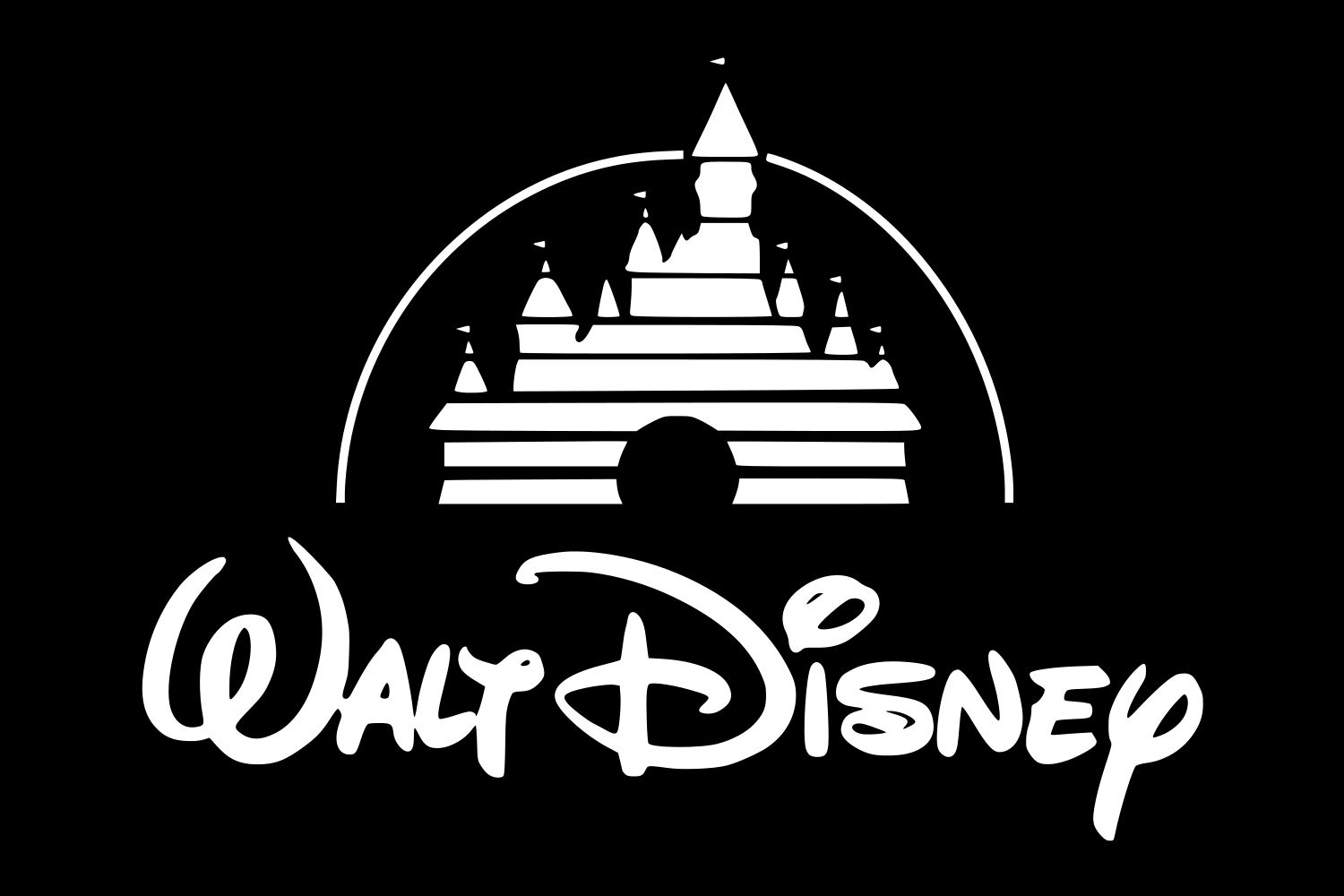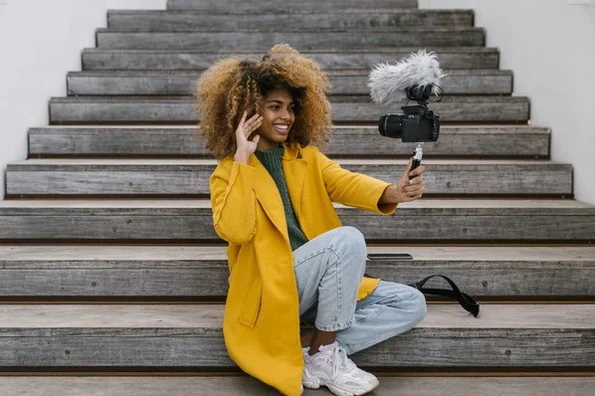FCS
The Social Media Team You've Been Looking For
Client success is our success. Our team of social media experts take an always on approach for our clients.












When you hire Fcs, you are getting a team of social media experts to leverage social media to achieve your business goals!
FCS Builds Social Communities Better Than Any One.

Social Media Strategy
FCS has developed a proven organic and paid social media strategies to help you achieve your business goals.

Content Creation
FCS produces short form videos, memes, graphics, animation, GIFs at all different production levels depending on the goals.

Community Management
FCS believes 50% of your social media growth is because of community management, we mean it.

Data
Everything we do is deep rooted in channel data that is used to make informed decisions for our clients to improve performance.

Paid Media Strategy
Multiple approaches are possible in your paid media strategy; hence, working with a reliable digital marketing team is essential for ROI.

Paid Media Management
We monitor our ad campaigns daily to optimize performance and maximize your dollars to yield the highest ROI based on the campaign goals.

Influencer Management
Our approach is to identify the perfect influencer for your business that engages your customer and maximizes the partnership results for your brand.

Campaign Management + Strategy
Social media campaigns like a sweepstakes, contest, brand collaboration are great ways to engage your community!
case studies
Below are some social media marketing case studies showing how we’ve helped different brands succeed on social platforms, greatly improving their online visibility.